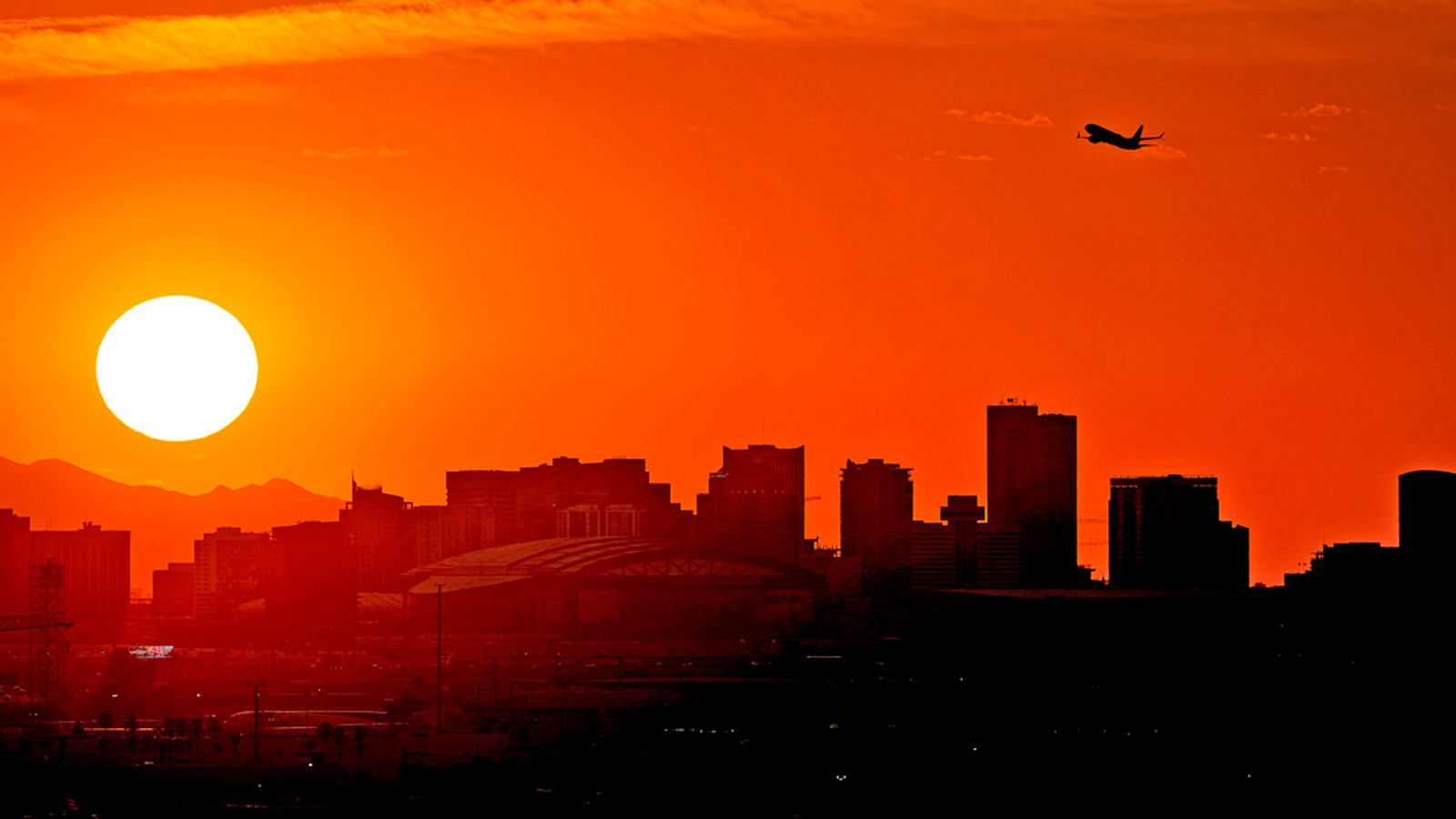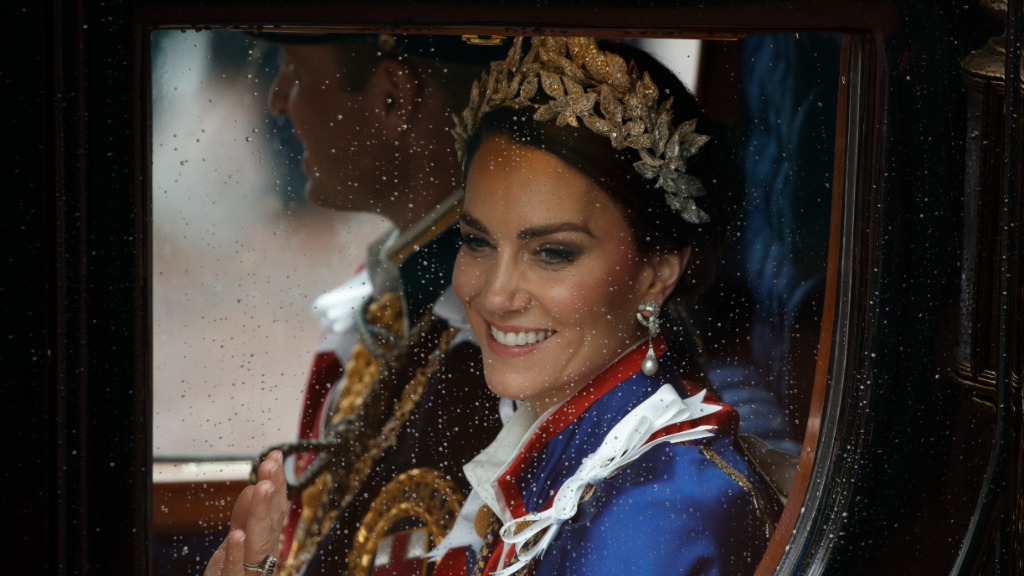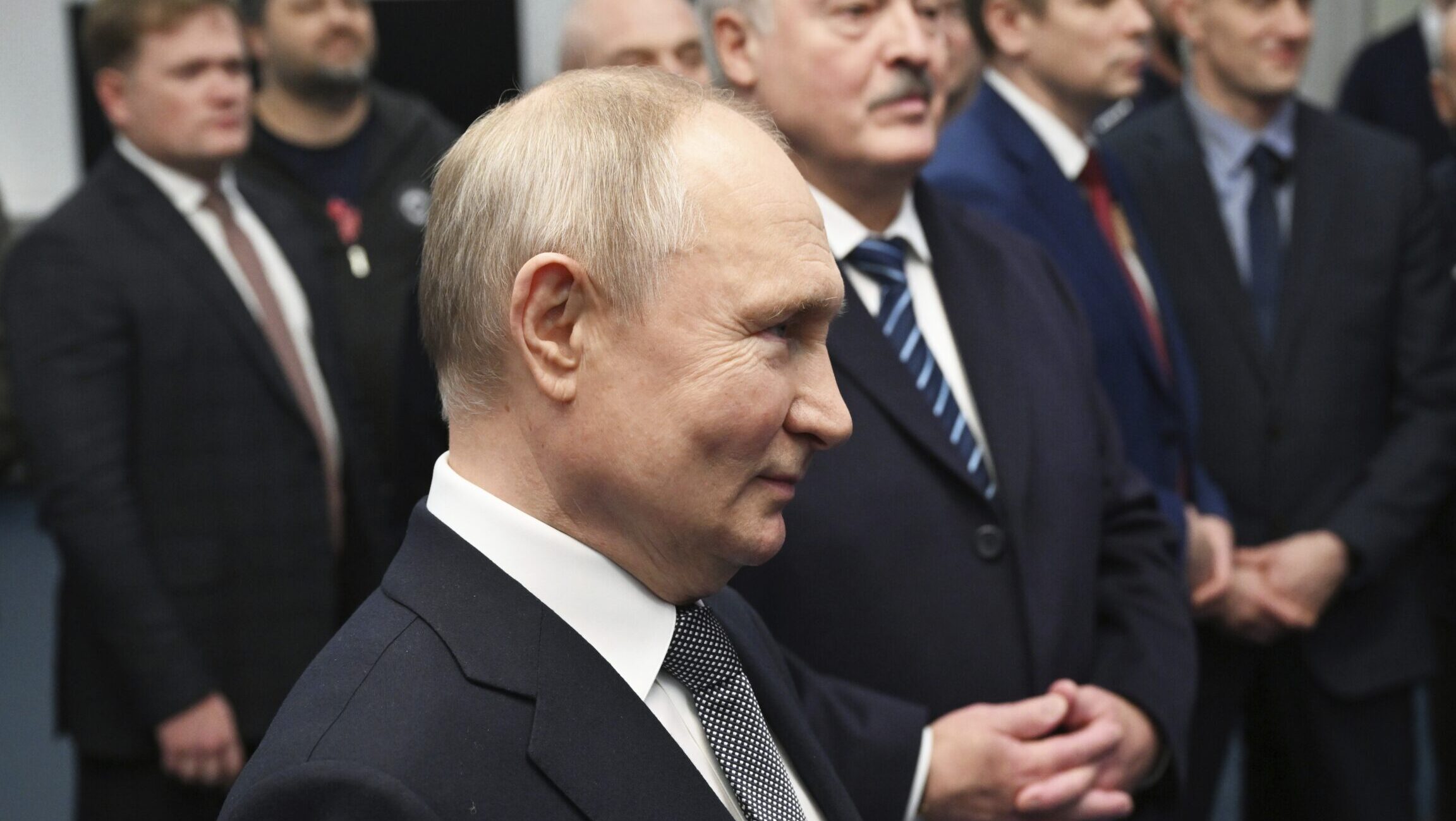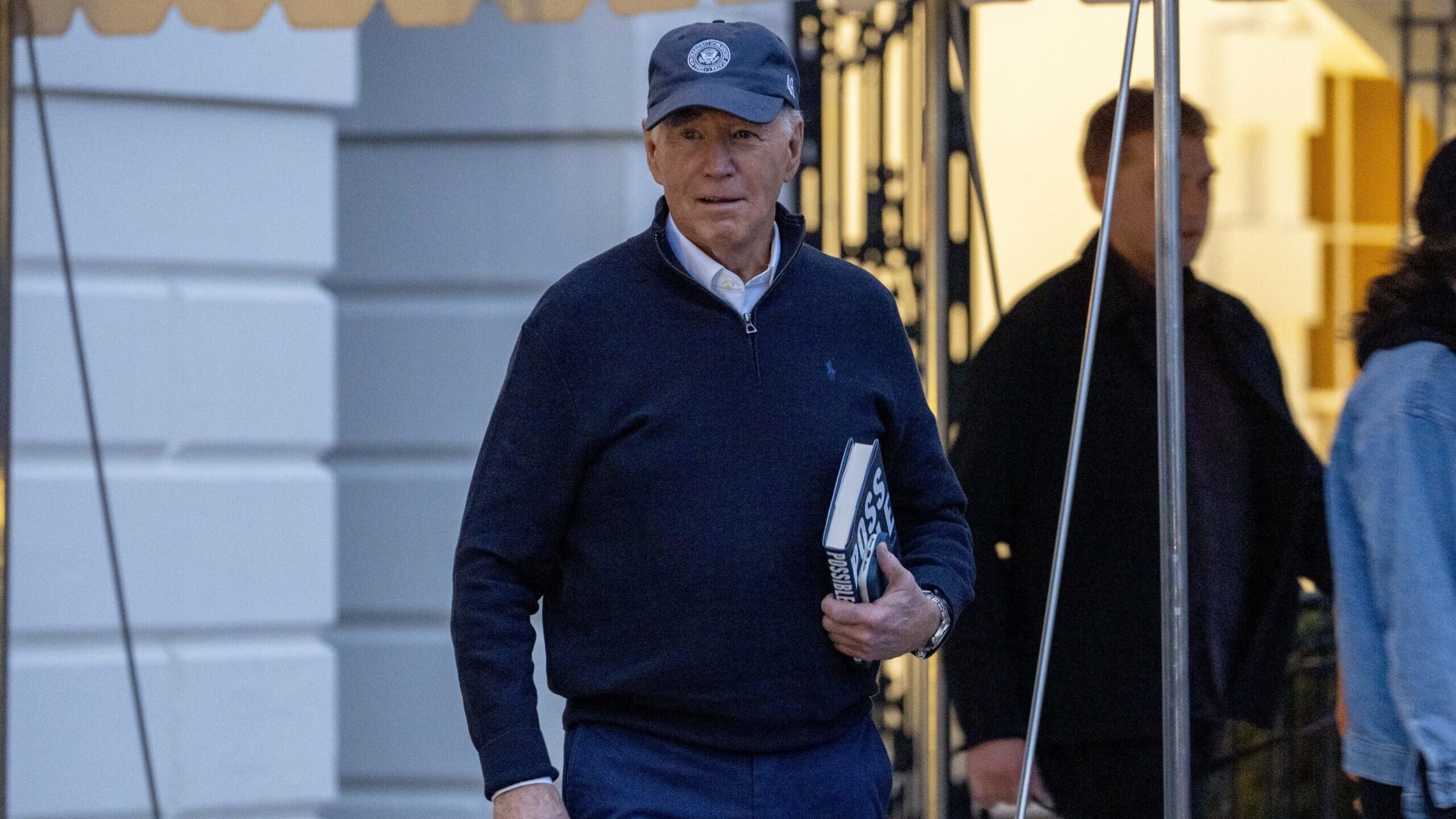In North Korea, learning to hate US starts early
Jun 23, 2012, 12:15 PM
Associated Press
PYONGYANG, North Korea (AP) – A framed poster on the wall of a kindergarten classroom shows bright-eyed children brandishing rifles and bayonets as they attack a hapless American soldier, his face bandaged and blood spurting from his mouth.
“We love playing military games knocking down the American bastards,” reads the slogan printed across the top. Another poster depicts an American with a noose around his neck. “Let’s wipe out the U.S. imperialists,” it instructs.
For North Koreans, the systematic indoctrination of anti-Americanism starts as early as kindergarten and is as much a part of the curriculum as learning to count.
Toy pistols, rifles and tanks sit lined up in neat rows on shelves. The school principal pulls out a dummy of an American soldier with a beaked nose and straw-colored hair and explains that the students beat him with batons or pelt him with stones _ a favorite schoolyard game, she says.
For a moment, she is sheepish as she takes three journalists from The Associated Press, including an American, past the anti-U.S. posters. But Yun Song Sil is not shy about the message.
“Our children learn from an early age about the American bastards,” she says, tossing off a phrase so common here that it is considered an acceptable way to refer to Americans.
North Korean students learn that their country has had two main enemies: the Japanese, who colonized Korea from 1910 to 1945, and the U.S., which fought against North Korea during the 1950-53 Korean War.
They are told that North Korea’s defense against outside forces _ particularly the U.S., which has more than 28,000 soldiers stationed in South Korea _ remains the backbone of the country’s foreign policy.
And they are bred to seek revenge, even as their government professes to want peace with the United States.
“They tell their people there can be no reconciliation with the United States,” says American scholar Brian Myers, who dissected North Korean propaganda in his 2010 book “The Cleanest Race: How North Koreans See Themselves and Why It Matters.” “They make it very clear to the masses that this hate will last forever.”
In recent years, state propaganda has shifted away from the virulent anti-American slogans of the past and has instead emphasized building up the economy. On the streets of Pyongyang, anti-American posters have largely given way to images of soldiers in helmets and workers in factories.
But the posters and curricula at kindergartens across North Korea remain unchanged. One glimpse inside a school, and it’s clear that despite U.S.-North Korean diplomacy behind closed doors, 4-year-olds are still being taught that the “Yankee imperialists” are North Korea’s worst enemy.
At the Kaeson Kindergarten in central Pyongyang, one of several schools visited by the AP, U.S. soldiers are depicted as cruel, ghoulish barbarians with big noses and fiendish eyes. Teeth bared, they brand prisoners with hot irons, set wild dogs on women and wrench out a girl’s teeth with pliers. One drawing shows an American soldier crushing a girl with his boot, blood pouring from her mouth, her eyes wild with fear and pain.
“The American imperialists and Japanese militarism are the sworn enemies of the North Korean people,” reads a quote from late leader Kim Jong Il affixed to the top of one wall in a large room devoted to anti-U.S. education.
“The main theme of anti-American propaganda is not `We must be ready for an attack’ but `We must be ready for revenge,'” Myers says. “People are being whipped up to hate the United States on the basis of past actions.”
The Americans also are portrayed with nuclear symbols on their helmets and uniforms, a reference to the North Korean insistence that the U.S. poses an atomic threat to the region. An undated poster in French is dotted with places in South Korea where missiles and fighter jets purportedly were kept.
The U.S. denies having nuclear weapons in Korea.
The North cites the presence of U.S. soldiers in South Korea, as well as the alleged nuclear threat, as key reasons behind its drive to build atomic weapons in defiance of U.N. Security Council resolutions designed to hobble its nuclear and ballistic missile programs.
As disarmament discussions continue in fits and starts, the message in classrooms across the country remains the same: North Korea needs its rockets, bombs and missiles and is proud of its atomic arsenal.
Kaeson Kindergarten is a model school. In the mornings, the children line up for calisthenics and to sing patriotic songs, and at lunchtime they are fed rice, fish and tofu, according to the principal. They learn to sing, dance and ride unicycles, and at 4 p.m. they get a snack and soy milk.
History lessons include tales about Kim Jong Il’s childhood, life under Japanese occupation and the Korean War.
“First, we start by teaching that the American imperialists started the war,” said soft-spoken schoolteacher Jon Chun Yong, citing the North Korean version of how the war began.
“From that time on, the tragedy emerged by which our nation was divided in two,” said Jon, who has taught at the kindergarten for 15 years. “Since then, our people had to endure the pain of living divided for a long half-century.”
Outside North Korea, history books tell a different story. Western textbooks say that two years after North and South Korea declared themselves separate republics, North Korean troops marched into South Korean capital, Seoul, on the morning of June 25, 1950. U.S.-led United Nations and South Korean forces fought communist North Korean troops backed by Chinese soldiers in a three-year battle for control of the peninsula. The U.S. and North Korea finally called a truce in 1953, and Korea remains divided to this day.
At the Kaeson Kindergarten, children sit hunched over sheets of drawing paper clutching pastel crayons. One girl has drawn a school of bright blue fish; the boy next to her has covered his paper with tanks.
Another boy depicts a whole battlefield: a North Korean plane dropping bombs on dead, bloodied American soldiers, as well as grenades and tanks. In a final flourish, he adds the name of the South Korean president to the tableau, muttering the name under his breath as he labors over the letters.
The North Korean hate campaign generally does not include South Koreans, who are portrayed as puppets of the U.S. However, in recent months, it has come to encompass South Korean President Lee Myung-bak, whose tough policies toward the North have enraged its leaders as well as the South’s conservative media.
The best of the children’s work is pinned up on a board: One kindergartner used color pencils to draw a boy in a blue cap attacking a midget American soldier with a studded club. Another drawing depicts North Korean fighter jets dropping bombs on American soldiers trapped in flames. In a third, a man wearing a helmet marked “U.S.” in English is on his knees begging for mercy as he is pummeled on the head with a stick.
The children run around beating up mock American soldiers and planes, Jon said. The worst schoolyard taunt is to call someone “miguk nom” _ “American bastard.”
The games culminate every year on International Children’s Day on June 1. Across the nation, students convene en masse, dressed in military uniforms and armed with toy rifles and bayonets. At one such celebration in Pyongyang this month, students took turns charging dummies of U.S. soldiers with their weapons.
Still, like children everywhere, the littlest North Koreans show more fascination than fear when they encounter the rare American in Pyongyang, invariably waving and calling out “Hello!” in English.
And spotted among the mourners following Kim Jong Il’s death in December was a boy who clearly had no problem with a Yankee of a different kind. Perched on his head was a blue knit cap with the New York Yankees logo from a distinctly American sport: baseball.
___
Follow AP Korea bureau chief Jean H. Lee on Twitter at
http://twitter.com/newsjean.
(Copyright 2012 The Associated Press. All rights reserved. This material may not be published, broadcast, rewritten or redistributed.)









